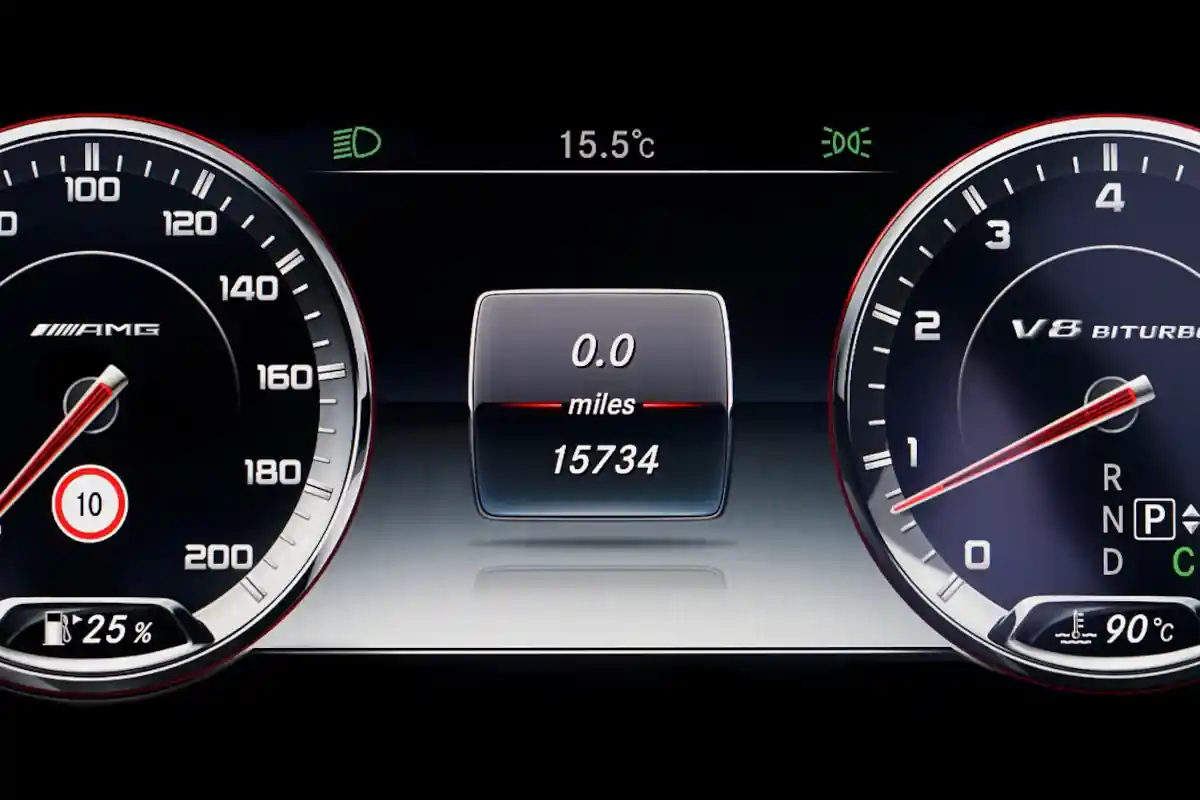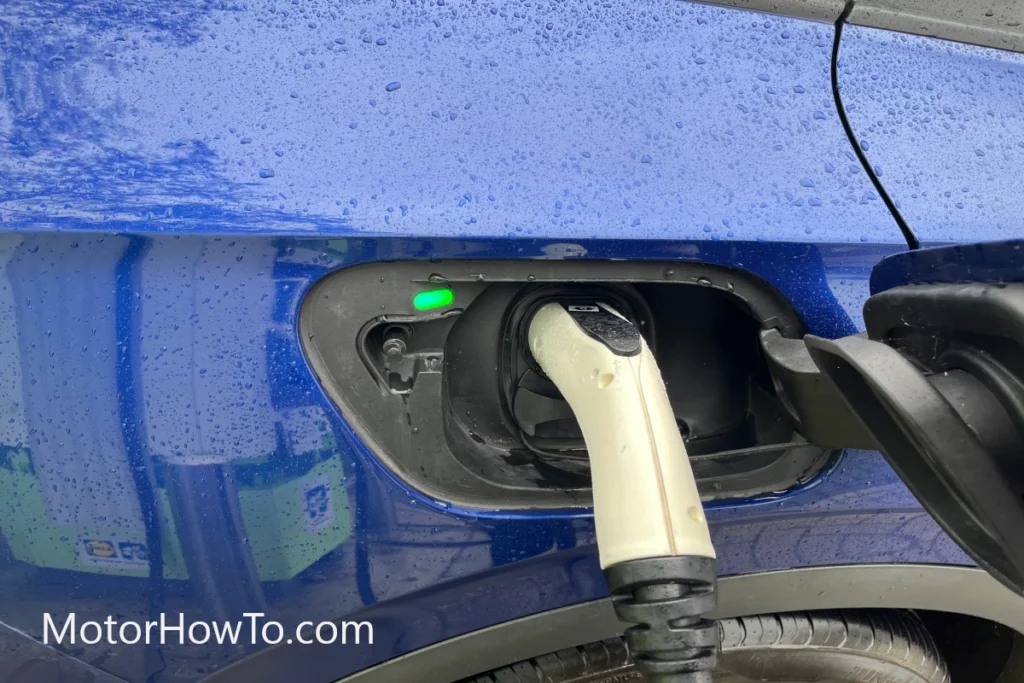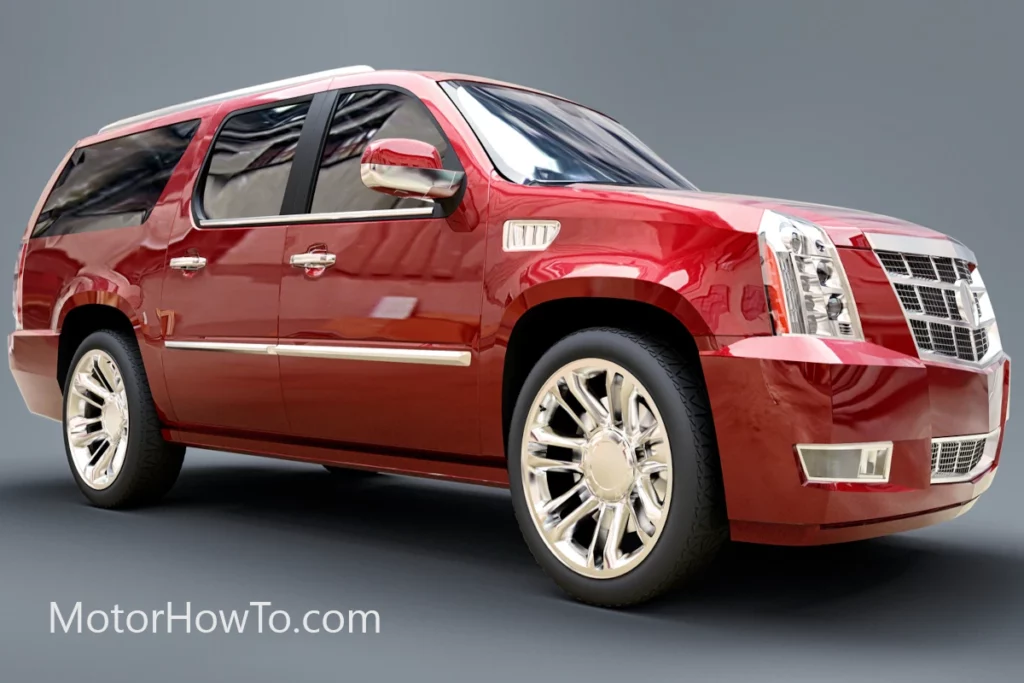We all know how important an odometer is when it comes to our cars.
After all, that is how we would know the car’s mileage and how banged up it is as the odometer becomes even more important when it comes to selling your car since car buyers tend to look at its mileage.
However, when you have to go in reverse, such as driving the car out of the garage or in a parking lot, does the odometer run?
Does an odometer count when you are going in reverse?
An odometer will still count while driving in reverse but only slightly. That’s because only a very skilled driver will be able to drive long distances in reverse. As such, the miles counted in your odometer when you are going in reverse form only a tiny part of your car’s total mileage.

You’d have to be a very good driver to be able to drive your car in reverse for even half a mile.
Of course, that also means that the road should be clear enough that you are the only one driving there because driving in reverse for a mile can be pretty dangerous.
As such, while the odometer will count your miles when you are going in reverse, it doesn’t really matter because it would only form a small part of your total mileage.
How odometer works?
When it comes to the car’s age, most people don’t count how old the car is in actual years because, in truth, what really matters more is how old the car is in terms of its mileage.
That means that you should be basing the car’s age on the total miles it has driven instead of its age in years.
After all, a car can be ten years old but has less than half the mileage of a three-year-old car used by someone who basically drives for hours every single day.
So, when it comes to counting a car’s mileage, the most important instrument to look at is the odometer.
That’s because the odometer is the one responsible for keeping track of the total miles a car has driven.
You have to look at the odometer and the number on it if you want to know the car’s mileage.
This is very important for those planning on buying used cars because of how the odometer will tell you whether or not the car is banged up.
In that regard, you may be wondering how in the world an odometer works to the point that it is able to keep track of the total miles driven by a car.
This is a legitimate question to ask because of how some people might be wondering why odometers are so accurate when counting the miles driven by a car.
But, before we go there, we have to stress the fact that different odometers work in different ways. In that regard, mechanical odometers are the older and more traditional odometers that make use of analog mechanisms that will allow it to keep track of the car’s total mileage.
A mechanical odometer works by relying on the total revolutions made by the wheels whenever the car is running.
Of course, the odometer is calibrated based on the size of the car’s wheels because mechanical odometers compute the mileage by taking into account the diameter of the wheels.
What happens here is that the odometer is connected to the car’s wheels through a flexible cable that is connected to the car’s transmission.
A gear engages the output shaft of the car’s transmission so that it will prompt the cable to turn or spin.
The cable is connected to the car’s instrument panel, where it is connected to the odometer via an input shaft.
The input shaft is responsible for driving the different gears in the odometer based on how the odometer was calibrated.
As such, the gears are turned whenever the cable spins and prompts the input shaft.
Of course, you have to understand that the odometer should be calibrated to fit the size of the car’s wheels. If not, it won’t be able to calculate the mileage properly.
However, because we are now in a more modern age where cars no longer completely rely on mechanical instruments, we now have computerized odometers that work a lot different compared to mechanical odometers.
But they do still rely on the car’s wheels to count the mileage.
What happens in a modern computerized odometer is that there is a toothed wheel mounted to the output shaft of the transmission.
A magnetic or optical sensor will count the pulses made by the toothed wheel as it spins while the car is moving.
Each pulse made by the magnetic sensor will prompt the computer in the car to calculate the distance traveled by the car.
The way the information is transferred to the car’s odometer is by using wire communicators connected to the dashboard.
There is an engine control unit (ECU) that stores all of the information in the car.
It is that ECU that will transfer the total mileage that the car has driven over to the odometer on the dashboard, which no longer moves using gears but is more or less already digitized.
As such, whenever someone tries to roll the odometer back, you can check the ECU because it stores the correct data regarding the car’s total mileage.
Does an odometer count in reverse?
Now that you know how an odometer works, you might be wondering by now if the same mechanism also works if you are driving the car in reverse.
After all, you may think that odometers are only counting the mileage when you are going forward because of how they are mechanically or electronically designed to do such.
In that regard, yes, the odometer still counts in reverse.
However, suppose you are driving an older car that makes use of completely mechanical odometers.
In that case, there is a chance that the mileage driven by a car in reverse won’t count because of how the different mechanisms only work and function whenever the car is moving forward.
You might even see that your speedometer is at zero whenever you are driving in reverse.
Meanwhile, when you are driving a car that uses an electronic or computerized odometer, the odometer will count the miles your car has driven in reverse.
That’s because the magnetic or optical sensor reads each revolution made by the toothed wheel connected to the transmission.
Whenever the wheel is moving in reverse, the sensor will still count its movements and transmit them to the ECU.
That’s why you will also see your speedometer working when you are driving in reverse as the odometer and the speedometer are making use of the same data.
Below is video proof of a car being revered in a school parking lot while is the school is closed but still adding to the odometer reading.
However, regardless of whether or not the odometer counts the miles a car has driven in reverse, the number tends to be immaterial.
That’s because you probably haven’t driven a lot of miles in reverse as you will only be driving in reverse when you are trying to get out of your garage or driveway or whenever you are in a parking lot.
Other than that, you’d have to be a really skilled driver driving in on an empty and open road to be able to drive even half a mile in reverse.
In other words, the total miles driven by your car in reverse will only be a very tiny fraction when compared to the car’s overall mileage.
That’s why it is immaterial whether or not the odometer counts the miles you have driven in reverse unless of course you actually made it a point to drive your car in reverse for several miles on a completely open road.
Can you drive a car backwards to take miles off of it?
Most old cars would allow you to take miles off while driving in reverse but the modern/newer cars (both mechanical and digital odometers) are smarter and can with pause the count or keep adding the miles irrespective of which direction you are driving as shown in the above video.
Some of the newer versions can pause the odometer even while driving forward as they are transporting the vehicle from one dealership to another or while the manufacturer is testing the vehicle.
Closing comments
Tampering with odometer is illegal so manufacturer make is really difficult to make any change to the reading so it is recommended that you leave the odometer alone unless there is a valid reason to do so.



